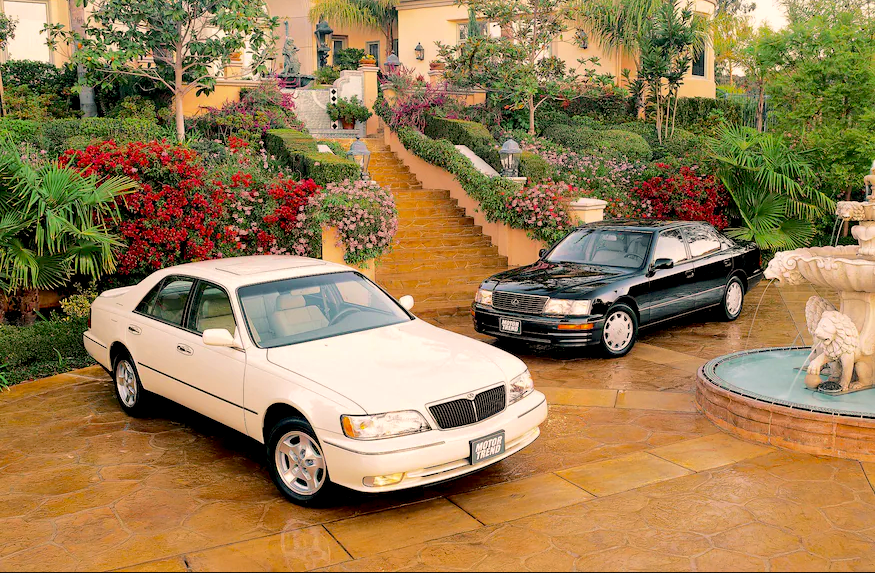 Once upon a time there were two brothers, Lexus and Infiniti. They were born around the same time, and though they were not exactly twins, they were very much alike. Yet one has always been the leader, and the other the follower. The reason why is very informative.
Once upon a time there were two brothers, Lexus and Infiniti. They were born around the same time, and though they were not exactly twins, they were very much alike. Yet one has always been the leader, and the other the follower. The reason why is very informative.
When Lexus debuted, it came with an advertising campaign emphasizing a single message: the company was obsessed with making the driving experience perfect. “The Relentless Pursuit of Perfection.” Infiniti debuted with a more experimental ad, infamously dubbed “the rocks and trees campaign.” A quiet narrator talked about – who knows – while we watched flocks of geese, ocean waves, and other aspects of nature.
Thus began three decades of pricy, unfocused messaging. The Infiniti was calming. Then it was luxurious. Then it was fast, Then it was fast and luxurious. Then it was stylish. Michael Douglas became the voice of Infiniti. Then Jonathan Pryce. Next they tried a cute ad where they compared the cozy interior to Louis Armstrong and the aggressive exterior to Neil Armstrong. Ad nauseum. Literally. Lexus, meanwhile, has hammered home one just message. Sure, the tone has evolved over the decades, but the same basic thought is still buried deep inside its DNA.
Lexus’ brother really has no DNA.
Some have said Lexus leads because of its constant top spot in the quality surveys. That’s important, but I don’t think it explains the brand’s success.
Many of the German cars have slipped in quality recently, without a slip in sales. Jeep has had issues for ages, yet the brand is still highly popular. In all these success stories, the messaging is clear and never wavers: BMWs are sporty. Mercedes are the best (about as far from reality as the Earth is from Neptune.) Volvos are safe. Porsches are inimitable. Jeeps are rugged. Fords are as American as apple pie.
What is Infiniti? You tell me.
Apparently, even they don’t know.
Without a clear defining message, you will always be number 2. Or 5. Or sixteen.
You get that through your advertising strategy. No place else. Everything in the chain is important, but without finding your message, no one will ever get to discover your shiny new products, your great customer service, your generous warranties, your innovative design.
People pay attention when your message is well-defined and powerful and relevant—and you stick with it. No message, no mojo.